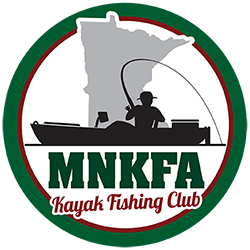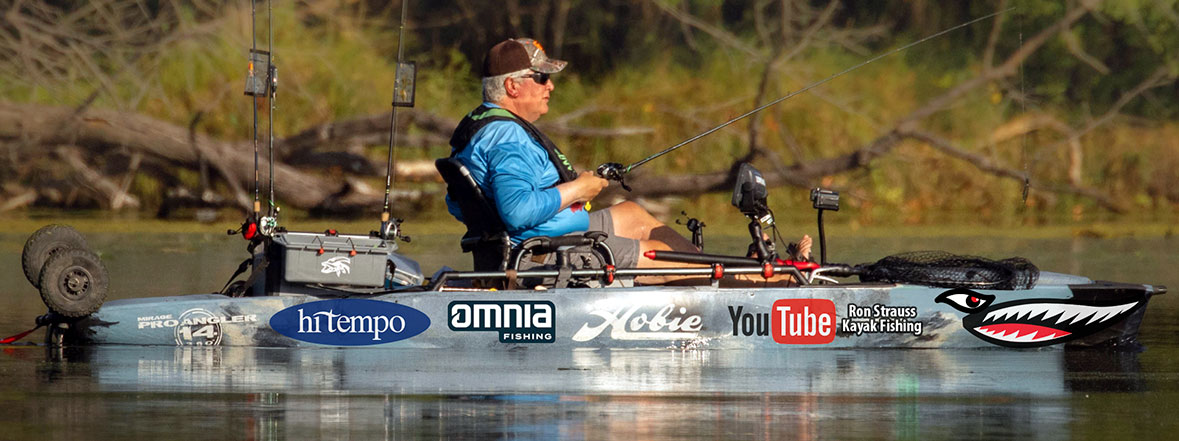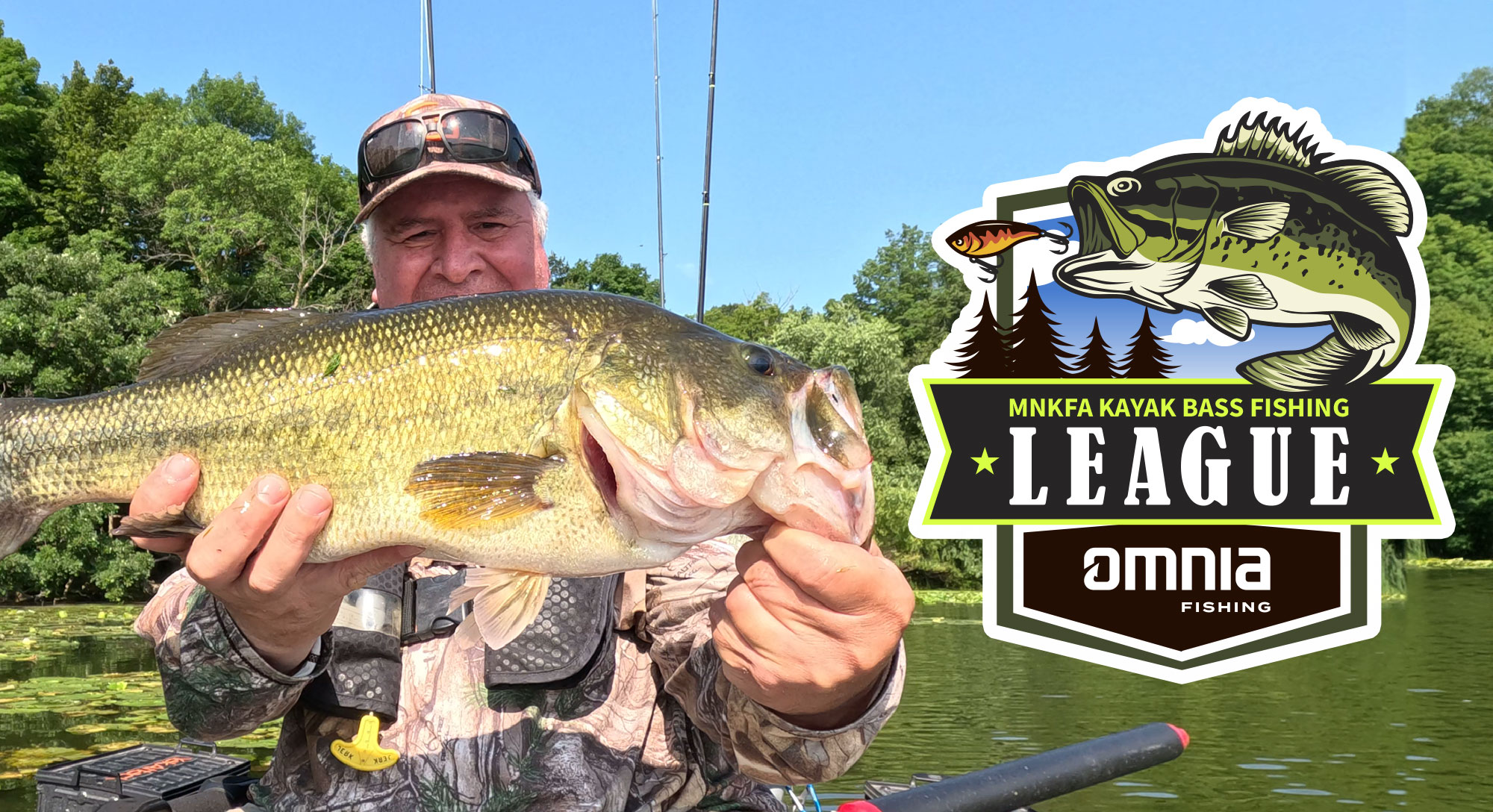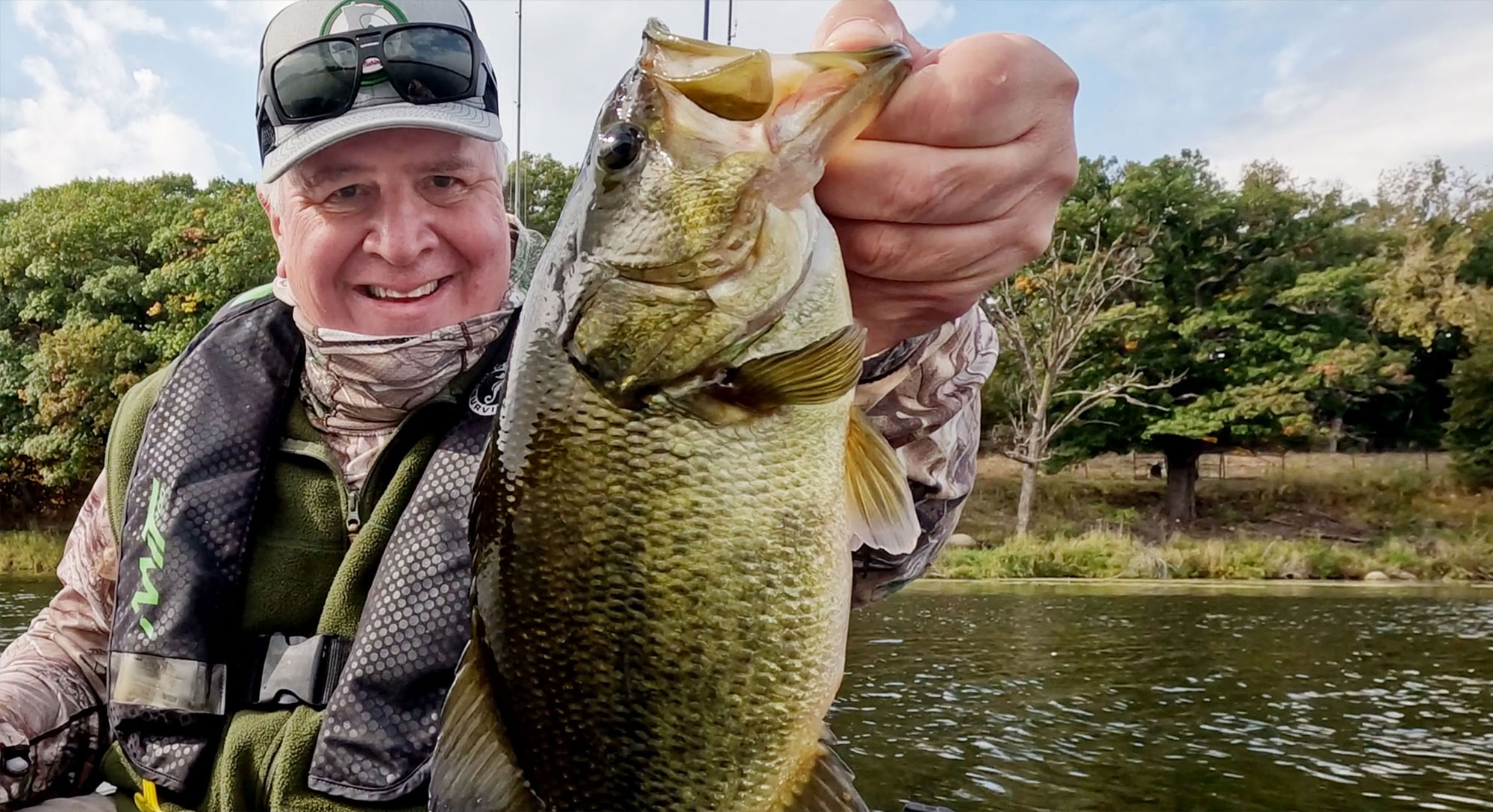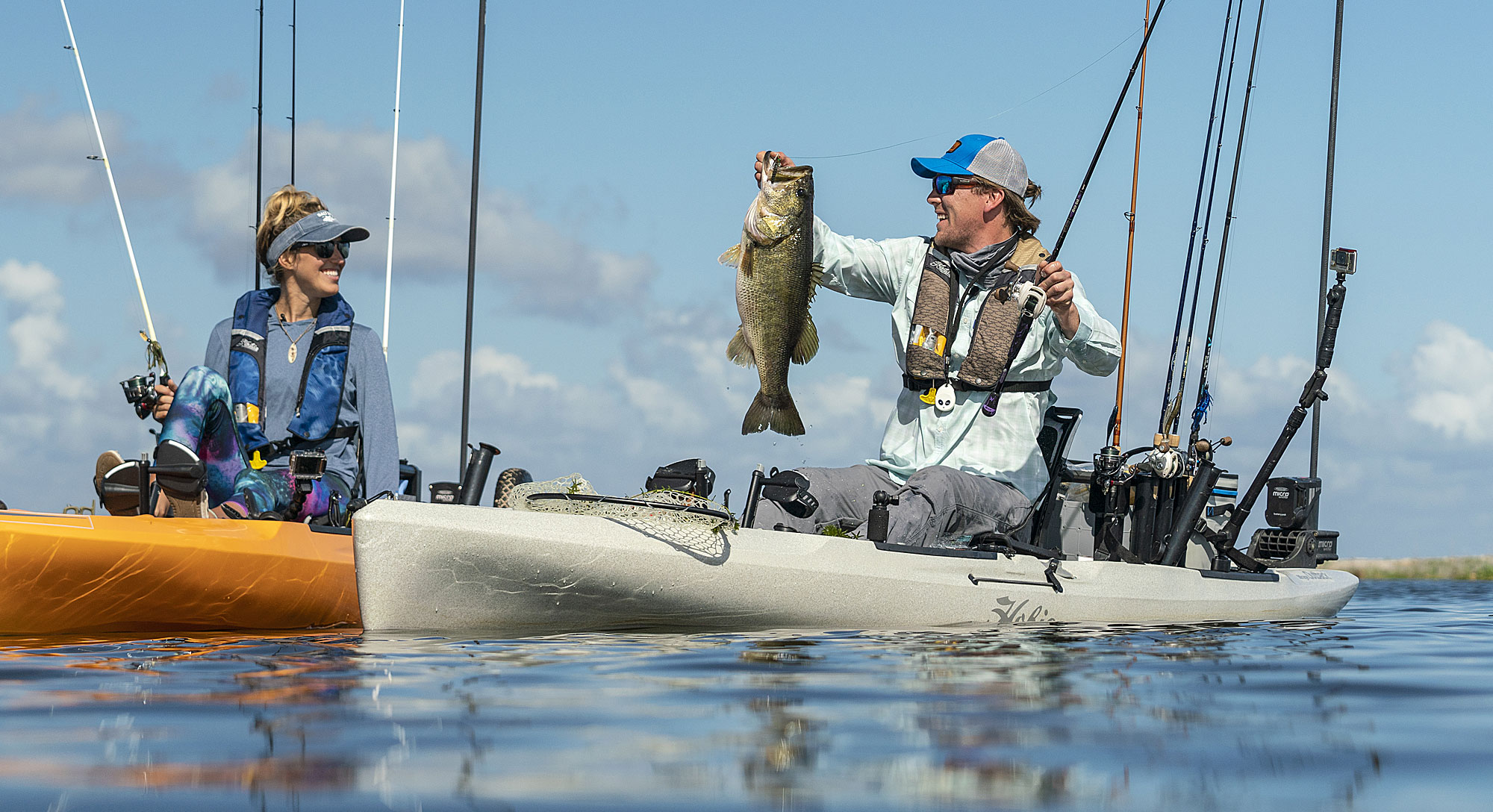The Ultimate Guide to the Best Kayak Fishing Bass League in Minnesota If you're a…

The Ultimate Guide: What’s The Best Kayak for Bass Fishing?
When it comes to bass fishing, having the right kayak can make all the difference between a successful outing and a disappointing one. But with so many brands and models available, how do you choose the best kayak for bass fishing? Don’t worry, we’ve got you covered. In this ultimate guide, we’ll walk you through everything you need to know to make an informed decision.
From stability and maneuverability to storage options and comfort, we’ll break down the key factors to consider when selecting a kayak for bass fishing. We’ll also discuss popular kayak brands and their top models, highlighting their features and benefits.
Whether you’re a seasoned kayak bass tournament angler or a beginner looking to get into bass fishing, this guide will help you find the perfect kayak that suits your needs and budget. Get ready to launch your bass fishing adventures with confidence and maximize your chances of reeling in that trophy-sized catch. Let’s dive in and find the ultimate bass fishing kayak that will take your game to new heights.
Factors to consider when choosing a kayak for bass fishing
When it comes to bass fishing, a kayak offers several advantages over traditional boats. First and foremost, kayaks provide unparalleled access to hard-to-reach fishing spots. With their shallow draft and nimble maneuverability, kayaks can navigate through narrow creeks, shallow flats, and even dense vegetation, allowing anglers to reach prime bass habitats that are inaccessible to larger boats.
Another advantage of kayak fishing is the stealth factor. Kayaks are virtually silent and create minimal disturbance on the water, making them ideal for sneaking up on skittish bass. This stealthiness allows anglers to get closer to their target and increase their chances of a successful catch.
Kayaks also offer a more immersive and intimate fishing experience. Being closer to the water level allows you to feel every tug and strike, making the fight with a big bass even more exhilarating. Additionally, kayak fishing promotes a deeper connection with nature, as you become one with the elements and fully appreciate the beauty of your surroundings.
Overall, choosing a kayak for bass fishing opens up a world of possibilities and enhances your angling experience in ways that traditional bass boats simply cannot match.
Types of kayaks suitable for bass fishing
When selecting a kayak for bass fishing, it’s essential to consider various factors to ensure you make the right choice. Here are some key factors to keep in mind:
1. Stability and maneuverability. Stability is crucial when fishing from a kayak, as it determines how comfortable and secure you feel on the water. Look for kayaks with a wider hull, as these provide better stability, especially when casting, reeling, standing or moving around.
Maneuverability is equally important, as it allows you to navigate tight spots, make quick turns, and position yourself for the perfect cast. Consider kayaks with shorter lengths if you’ll fishing smaller streams, rivers and ponds. You’ll be able to make tight turns and anchor more easily. Shorter, lighter kayaks are also better if you’ll be car topping to transport your kayak. Consider longer, larger kayaks if you’ll be on big water or need to carry lots of weight.
2. Storage options and capacity. Having ample storage space in your kayak is essential for storing fishing gear, tackle boxes, and any other essentials you may need on the water. Look for kayaks with spacious hatches, built-in rod holders, and bungee cords or straps to secure your gear.
Consider the weight capacity of the kayak as well. It should be able to support your weight along with the weight of your gear and catch without compromising stability.
3. Comfort and ergonomics. Fishing from a kayak can be physically demanding, so comfort is vital for extended fishing trips. Look for kayaks with adjustable seating systems, padded seats, and ample legroom to ensure a comfortable experience.
Ergonomics is also crucial, as it affects your posture and overall comfort while fishing. Consider kayaks with adjustable footrests, ergonomic paddle designs, and well-positioned gear tracks to optimize your angling experience.
4. Weight and portability. Consider the weight of the kayak, especially if you plan on transporting it to different fishing locations. Lightweight kayaks are easier to handle and load onto your vehicle, making them more convenient for solo anglers.
Additionally, consider the kayak’s portability features, such as carrying handles or wheels, which can make transportation a breeze.
5. Budget. While it’s essential to invest in a quality kayak, it’s also crucial to consider your budget. Determine how much you’re willing to spend and look for kayaks that offer the best value for your money. The used market can be a source of great deals to purchase a fishing kayak. Covid generated a flood of kayak fishing boat sales to people who now have determined the sport is not for them.
Remember, the most expensive kayak may not always be the best choice for your specific needs, so prioritize features that are important to you and find a balance between quality and affordability.
Top kayak brands for bass fishing
There are several types of kayaks suitable for bass fishing, each with its own advantages and considerations. Here are the most common types:
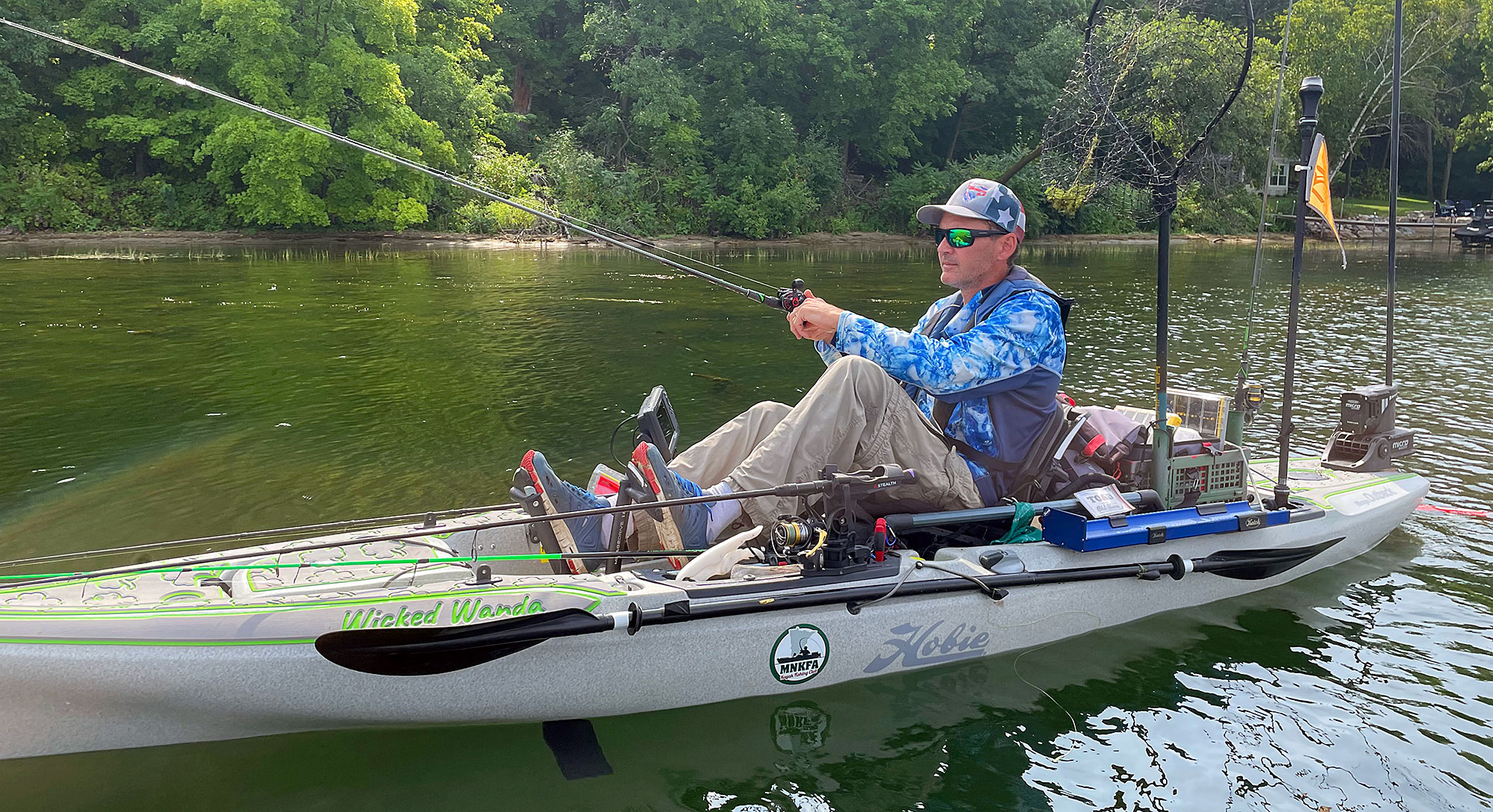
1. Sit-on-top kayaks. Sit-on-top kayaks are a popular choice for bass fishing due to their stability, ease of use, and versatility. As the name suggests, these kayaks have an open cockpit design, allowing you to sit on top of the kayak rather than inside it.
Sit-on-top kayaks are known for their excellent stability, making them suitable for beginners or anglers who prefer a more relaxed fishing experience. They also offer ample storage space and are easy to get in and out of, making them ideal for anglers who like to switch fishing spots frequently.
2. Sit-inside kayaks. Sit-inside kayaks have a closed cockpit design where you sit inside the kayak. While they may not offer the same level of stability as sit-on-top kayaks, they provide better protection from the elements, especially in colder or rougher conditions.
Sit-inside kayaks are generally more maneuverable and offer better tracking, making them suitable for anglers who prioritize performance and maneuverability over stability. They also tend to be more affordable compared to sit-on-top kayaks.
3. Inflatable kayaks. Inflatable kayaks have gained popularity in recent years due to their portability and ease of storage. These kayaks are made from durable materials and can be inflated and deflated as needed.
Inflatable kayaks are generally more lightweight and compact, making them a great option for anglers who have limited storage space (apartments, town homes, etc.) or frequently travel to different fishing locations (RV enthusiasts). They are also surprisingly stable and offer decent performance on the water.
4. Pedal-driven kayaks. Pedal-driven kayaks have become increasingly popular among anglers, thanks to their hands-free operation and enhanced maneuverability. These kayaks are equipped with a pedal drive system that allows you to propel the kayak forward using your feet, leaving your hands free to fish. Propulsion styles include fins or propeller drives that you pedal.
Pedal-driven kayaks offer excellent maneuverability and allow you to cover more water with less effort. They are especially useful in windy conditions or when fishing in areas with strong currents. However, they tend to be more expensive compared to traditional paddle kayaks.
Features to look for in a kayak for bass fishing
When it comes to choosing a kayak for bass fishing, it’s essential to consider reputable brands known for their quality and reliability. Here are some top kayak brands to consider:
Hobie is a well-respected brand in the kayak bass fishing community. They’re famous for their innovative pedal-driven kayaks. Their MirageDrive system allows anglers to propel the kayak using their legs, providing hands-free operation and exceptional maneuverability. Hobie kayaks are known for their durability, stability, and comfortable seating systems. Popular models for Minnesota kayak bass anglers are the Hobie Outback and Hobie Pro Angler fishing kayaks.
Old Town is a trusted name in kayak fishing. They offer a wide range of kayaks suitable for bass fishing. Their kayaks are known for their stability, durability, and excellent tracking. Old Town offers both sit-on-top and sit-inside kayaks, catering to different angler preferences. They also offer pedal, paddle or motorized fishing kayak models. Motorized bass fishing kayaks are growing in popularity, check out Old Town fishing kayaks here.
Native Watercraft specializes in designing kayaks specifically for fishing. Their kayaks are known for their stability, comfort, and customization options. Native Watercraft offers both pedal-driven and paddle kayaks, allowing anglers to choose the propulsion system that suits their fishing style.
Wilderness Systems is a popular choice among kayak anglers. They offer a variety of high-quality kayaks suitable for bass fishing. Their kayaks are known for their stability, maneuverability, and comfortable seating systems. Wilderness Systems also offers a range of accessories and gear designed to enhance the fishing experience.
Perception Kayaks is a well-established brand. They have a reputation for producing reliable and affordable kayaks. Their kayaks offer a good balance between stability, performance, and price, making them a great option for anglers on a budget. Perception Kayaks also offers a wide range of kayak models to suit different fishing preferences.
Accessories and gear for bass fishing from a kayak
When choosing a kayak for bass fishing, certain features can greatly enhance your fishing experience. Here are some key features to look for:
Rod holders are essential for hands-free fishing and keeping your rods secure when not in use. Look for kayaks with built-in rod holders, preferably positioned within easy reach for quick access. Some kayaks even offer adjustable rod holders, allowing you to customize their position. See this article: Best Rod Holders For Kayak Fishing
Fishfinder compatibility. If you’re serious about bass fishing, a fishfinder can be a game-changer. Look for kayaks with dedicated transducer mounting options or integrated fishfinder consoles. These features make it easier to install and use a fishfinder, allowing you to locate bass more effectively.
Gear tracks and mounting points provide versatility for attaching additional accessories and gear. Look for kayaks with multiple gear tracks or mounting points strategically placed throughout the kayak. These features allow you to customize your setup and maximize your storage options.
An anchor trolley system is a valuable addition for bass fishing, as it allows you to quickly and easily position your kayak in the desired fishing spot. Look for kayaks with pre-installed anchor trolley systems or those that offer compatibility with aftermarket options. A more expensive anchoring solution is a power pole.
A rudder or skeg system can greatly enhance the tracking and maneuverability of your kayak, especially in windy conditions. Look for kayaks with a rudder or skeg system that can be deployed or retracted as needed. These systems provide better control over your kayak and allow you to adjust its course with ease.
Tips for bass fishing from a kayak
In addition to choosing the right kayak, there are several accessories and gear items that can enhance your bass fishing experience. Here are some essential ones to consider:
1. Personal flotation device (PFD). Safety should always be a top priority when kayaking. Invest in a comfortable and properly fitting personal flotation device (PFD) designed for kayaking. Ensure that the PFD has enough pockets and attachment points to store essential items.
2. Paddle. Choose a paddle that suits your height and paddling style. Look for a lightweight and durable paddle with adjustable length options. Carbon fiber or fiberglass paddles are popular choices due to their lightweight and efficient design.
3. Tackle management. Invest in a tackle box or bag specifically designed for kayak fishing. Look for options that are compact, waterproof, and have multiple compartments to keep your tackle organized and easily accessible. Consider using tackle trays or sleeves that fit inside the box for added convenience.
4. Kayak cart or wheels. If you often need to transport your kayak over longer distances or rough terrain, a kayak cart or wheels can be a lifesaver. These accessories make it easier to move your kayak from your vehicle to the water without straining your back or shoulders.
5. Anchor system. An anchor system is essential for staying in one spot while fishing or dealing with strong currents. Look for a kayak anchor system that is lightweight, easy to deploy, and has a secure attachment point on your kayak. Consider using a stake-out pole or a drift chute as alternative anchoring options.
6. Dry bags or cases. Protect your valuable belongings, such as electronics and spare clothes, from water damage by using dry bags or cases. These waterproof containers keep your items dry and secure, even in wet conditions.
7. Kayak cart or wheels. If you often need to transport your kayak over longer distances or rough terrain, a kayak cart or wheels can be a lifesaver. These accessories make it easier to move your kayak from your vehicle to the water without straining your back or shoulders.
Maintenance and care for your kayak
Fishing from a kayak requires some unique techniques and considerations. Here are some tips to help you maximize your chances of success:
1. Stealth is key. Take advantage of the kayak’s stealthiness to get close to bass without spooking them. Approach your fishing spots quietly and avoid making sudden movements or loud noises that could scare away the fish.
2. Use shorter and accurate casts. Due to the limited space on a kayak, focus on shorter and accurate casts rather than long-distance casting. Target specific structures, such as fallen trees, grass beds, or rocky areas, where bass are likely to hide.
3. Experiment with different lures and techniques. Bass can be finicky, so be prepared to experiment with different lures, bait, and techniques to find what works best on any given day. Try a variety of presentations, such as topwater lures, soft plastics, or crankbaits, to entice bass into biting.
4. Stay organized and minimize clutter. Keep your kayak organized and free from unnecessary clutter to maximize your fishing efficiency. Utilize storage compartments and gear tracks to stow away your gear and keep it easily
Finding the perfect kayak for your bass fishing adventures
Stability. Maneuverability. Storage Options. Comfort. Keep these things in mind while you research what fishing kayak is perfect for you. Contact local dealers and arrange on the water demos of the kayaks you’re interested in. The best way to eliminate buyers remorse is to take your time get on the water to experience the differences in the bass fishing kayaks from different manufacturers.
